Key Takeaways
- Intermittent and unpredictable sounds are more disruptive.
- Micro-awakenings ruin sleep quality.
- Soft furnishings act as passive acoustic treatment.
- Small layout tweaks can make a big difference.
- Your brain can be trained to sleep through noise.
It’s as easy as falling asleep! Yes, for those who can do it. This catchy aphorism is becoming more and more inapplicable for city life. Sometimes the background noise of traffic, neighbours arguing or TV booming through thin walls feels as if you live next to a nightclub.
Human societies have evolved much faster than the human body or psyche. It’s harder for us to adjust to the ever-growing noise of urban life. Big cities never sleep, and this chaos has a direct effect on our minds and, most noticeably, our sleep. Remember the last time you had to go through a whole day after a sleepless night. The worst.
There is hope! We’ll explore what makes urban noise so disruptive, what science says about sleeping through it, and how you can create a bedroom experience that truly restores you.
From Sirens to Snoring: Know Your Enemy
We use words with general meaning to simplify our lives. But when we describe complex phenomena with simple words, we can quickly get fooled. When we say noise, we view it as a single thing. But that rarely is the case.
It comes in waves, pulses, and surprises, and your brain treats each kind differently. Before you can build defences against urban noise, it helps to understand what, exactly, is keeping you up at night.
The Three Big Sleep Disrupters in Urban Areas
You enter a bar with a mysterious aura, you go to the bartender, and they serve you a cocktail of chaos, noise and disturbances. You wake up in sweat. It was a dream. Somehow you fell asleep, but now you are wide awake. But it felt so real…
Yes, because it is. It was an interpretation of the stress and insidious noise that creeps daily into your mind and body. Most people experience a mix of the following:
- Traffic noise: The most common offender. Engine growls, honking, sirens, rolling garage doors, or that one delivery truck at 4:32 a.m. It’s relentless and often low-frequency, which means it travels further and penetrates most building materials easily. And if it can penetrate concrete, we don’t stand a chance.
- Neighbour noise: Footsteps, doors slamming, appliances humming, music bleeding through walls, or worse: the dreaded muffled bass. These are particularly frustrating because they feel personal, unpredictable, and out of your control. Going upstairs to argue with them or bang at their door, because they can’t hear you from all the noise, would cause even more stress and fatigue. You might achieve something, but at what price?
- Environmental sounds: Dogs barking, pub chatter drifting up from the street, planes overhead, construction starting before 7 a.m. Again, many of these are outside your influence, but they still shape your stress response while sleeping.
All these disturbances can obviously wake you up. There is, however, a more sneaky way that they affect your sleep. It’s called micro-awakenings.
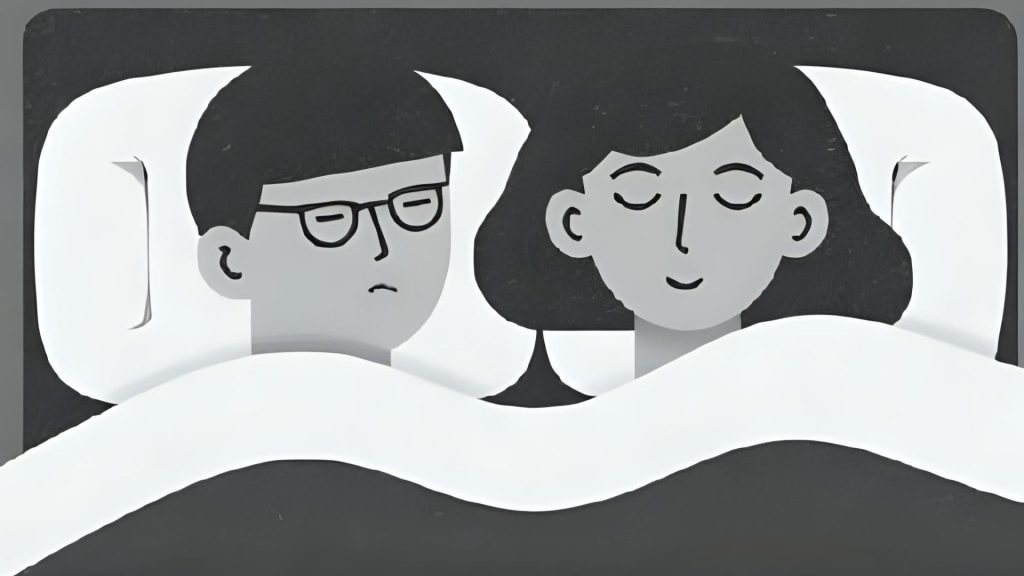
This sleep fragmentation throughout the sleep cycle is often so short that you may not fully regain consciousness or remember it. It disrupts your natural progression through sleep stages, especially deep (slow-wave) and REM sleep, which are essential for restoration.
Even if your total sleep time looks fine on the screen of your smartwatch, fragmented sleep leads to:
- Lower overall sleep quality
- Poor memory consolidation
- Reduced immune function
- Increased fatigue and irritability
Why Intermittent Sounds Are More Disturbing Than Steady Ones
You might assume that louder noises are always worse, but in sleep science, consistency is more important than volume.
Our brains have a built-in threat detection system that never fully turns off. This system is especially sensitive to changes in sound patterns.
A steady hum might fade into the background, but a sudden horn or upstairs thud triggers a spike in cortisol – the hormone of fun (stress). It’s not the sound itself; it’s the unpredictability.
That’s why white noise and sound masking strategies often work.
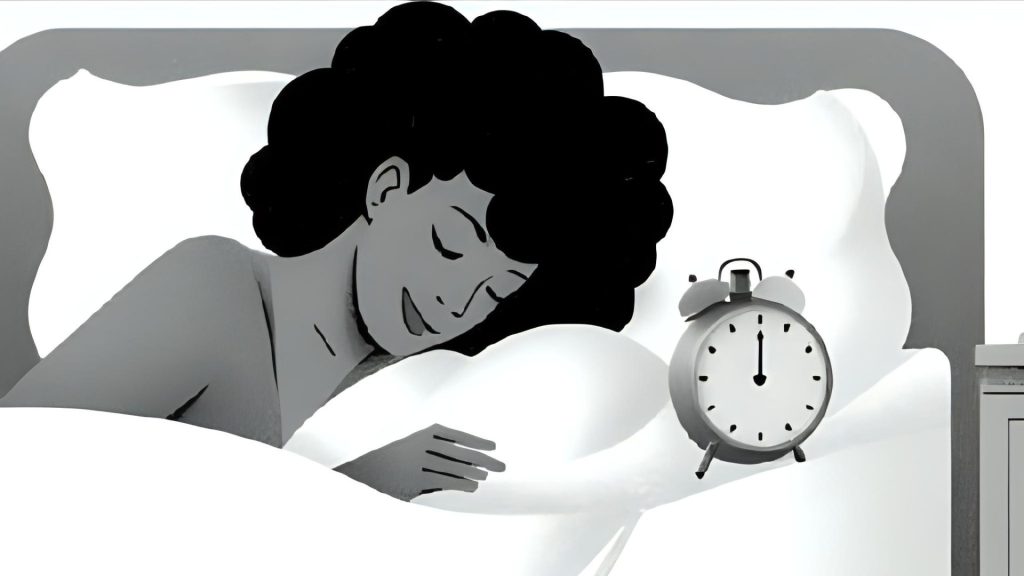
White noise, pink noise, or purpose-built sound masking systems help by creating a consistent acoustic baseline. It is like a blanket of evenly distributed frequencies that masks sudden peaks in external noise.
Ok, true – technically, it doesn’t eliminate the intruding sound, but it dampens its perceptibility by making it blend into the background. Our subconscious can pay less attention to it.
For example:
- A snoring partner might register as a 50 dB disturbance.
- A white noise machine emitting 45 dB of broadband sound lowers the effective contrast, so the snoring no longer “pops” in your auditory field.
The Psychology of Noise: Why You Fixate on the Ticking Clock
You no longer breathe automatically. For the next few moments, you will pay attention to your breath. But that will pass, and your body will go back to doing it on its own.
Same with the ticking of a clock or the city traffic below you. In a relaxed state, your reticular activating system (RAS), the brain’s attention gatekeeper, allows benign, repetitive stimuli (like a ticking clock) to fade into the background. That’s habituation at work.
Under stress, your amygdala becomes more active. This is the part of the brain responsible for scanning for threats. When it’s on high alert, it flags even neutral sounds as potential stressors.
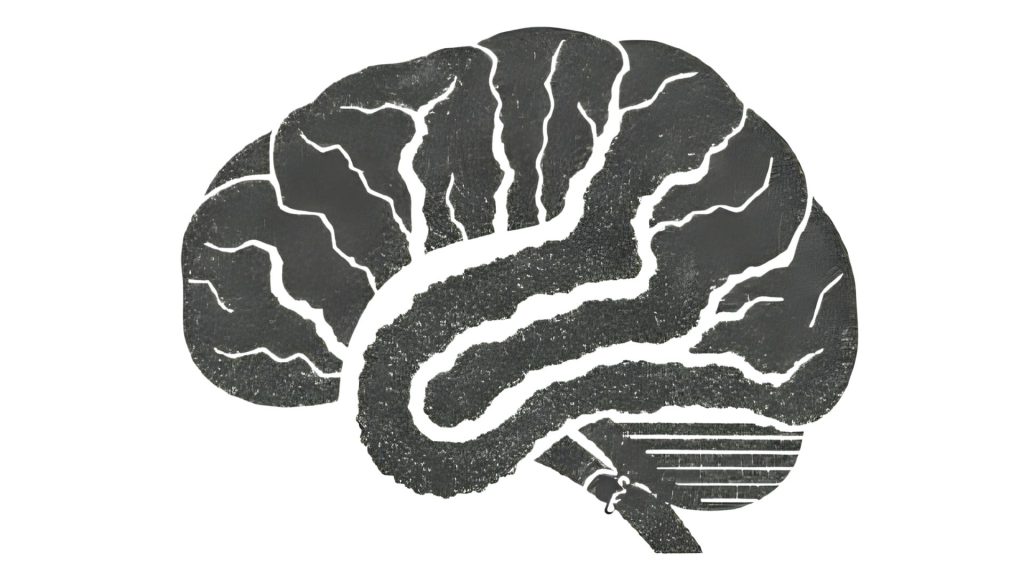
The ticking clock now competes with your thoughts, demanding attention it previously didn’t. Your prefrontal cortex (responsible for logic and decision-making) is overloaded with worry or rumination, and so it can’t override the annoyance like it normally would.
When you’re tired and stressed, your brain is more likely to enter a hypervigilant state. This is part of the fight-or-flight response, and it ramps up attention to any potential threat, including that creaky pipe or faint thudding above you. Unfortunately, your mind starts amplifying the noise.
Sleep researchers call this noise sensitivity, and it’s closely linked to anxiety, insomnia, and even childhood trauma. Some people are more vulnerable than others, but in high-density environments like a city, almost everyone becomes more sensitive over time.
Creating Your Own Sleep Sanctuary
You don’t need a hay straw in your mouth or a cowboy hat to get a good night’s sleep. That is how I imagine people in the countryside sleep. You also don’t need expensive renovations for that matter.
You DO need to reshape your bedroom into a personal sound buffer. A space that softens, absorbs, and drowns out the chaos of the outside world. With the right layout, materials, and gadgets (shout-out to Inspector Gadget), your sleep environment can become your strongest ally in the battle against urban noise.
How Soft Surfaces Affect Sound Impact
If your car or bike doesn’t have good suspension, you feel every bump on the road. It is the same for surfaces and sound.
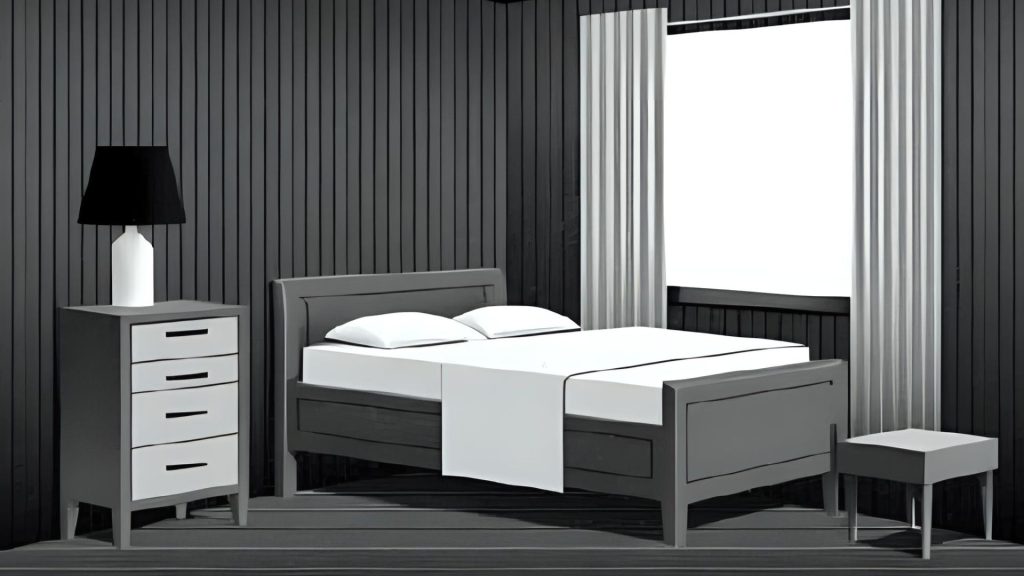
Hard surfaces don’t provide much suspension, so they reflect a lot of sound. Soft materials absorb it. Think of your bedroom as an acoustic sponge, the more soft textures, the less echo and reverberation.
- Rugs: Hardwood and tile amplify footfall and airborne noise, particularly in rooms with minimal furnishings or high ceilings. A thick rug, ideally wool or high-pile, acts as a buffer between you and the structural surfaces below. For maximum effect, place a rug under and around the bed. It will feel good underfoot, and it will also absorb mid- and high-frequency noise bouncing off the floor.
- Thick black-out curtains: These are heavier and denser than typical fabric panels. Their weight helps muffle street noise like car engines, voices, and even distant sirens. Choose curtains that extend well past the window frame. Floor-to-ceiling styles with layered fabric offer the best sound-dampening and light-blocking performance. As a bonus, they improve thermal insulation and privacy, both of which contribute to a more restful sleeping environment.
- Upholstered furniture: A plush headboard, a padded bench, or even an armchair can passively absorb ambient noise, particularly in the mid-frequency range where voices and city noise often sit. These pieces act as soft acoustic diffusers, breaking up sound waves before they can reflect directly toward your sleeping area.
- Fabric wall art and acoustic panels: Mounting a canvas, quilt, or dedicated acoustic textile on the wall (on walls that face noise sources) can improve both aesthetics and comfort. Even decorative fabric with some thickness adds a layer of absorption that helps deaden the room’s acoustics.
These things will affect the behaviour of sound inside the room. The acoustic character, so to speak. They would soften reflections, echo, and reduce the impact of the background noise. This is not soundproofing.
Bed Placement: The Overlooked Variable
Where your bed is in the room matters more than most people realise. A few small tweaks can limit your exposure to direct noise paths.
- Avoid placing your headboard against shared walls, particularly if you have noisy neighbours. Noise can excite the wall, transmitting vibration directly next to your head. And that is where your ears are. Keep this expert anatomical fact as a freebie.
- Shift your bed away from windows or external walls facing roads, train lines, or busy walkways. Every metre counts. Sound pressure drops with distance, even indoors. Further from windows, you reduce direct exposure to airborne noise leaking through glass panes, frames, or vents. Away from exterior walls, you decrease the structural vibration that transmits impact noise into your sleeping area. A shift of even one to two metres can significantly lessen how sharply these sounds register during the night.
- If possible, experiment with layout: sometimes placing a wardrobe or bookcase between the bed and the noise source adds a surprising buffer.
Place your bed as if your are a chess grandmaster. Although it won’t erase noise, it will reduce its intensity and directness. That can be the difference between staying asleep and waking up.
Tools That Can Help Tonight
If external changes aren’t an option (say, you’re renting or on a tight budget), personal gear becomes your best friend.
- Earplugs: Foam ones are cheap and disposable, but mouldable silicone or wax plugs offer a better seal and comfort. Price-wise wise it ranges from 10 pounds up to 50 pounds.
- Sleep headphones: These are flat, fabric-based headbands with embedded speakers. Perfect for playing calming sounds without digging into your ears. Could be uncomfortable for side sleepers.
- White noise machines: These generate a consistent audio blanket that masks sudden disturbances like car horns or barking dogs. Some apps simulate rain, waves, or ambient noise, many free and surprisingly effective. A fan can also do the trick and add some air circulation. Podcasts are not white noise because their sound profile is more sporadic.
What matters is consistency. A predictable background sound helps your brain tune out unpredictable ones.
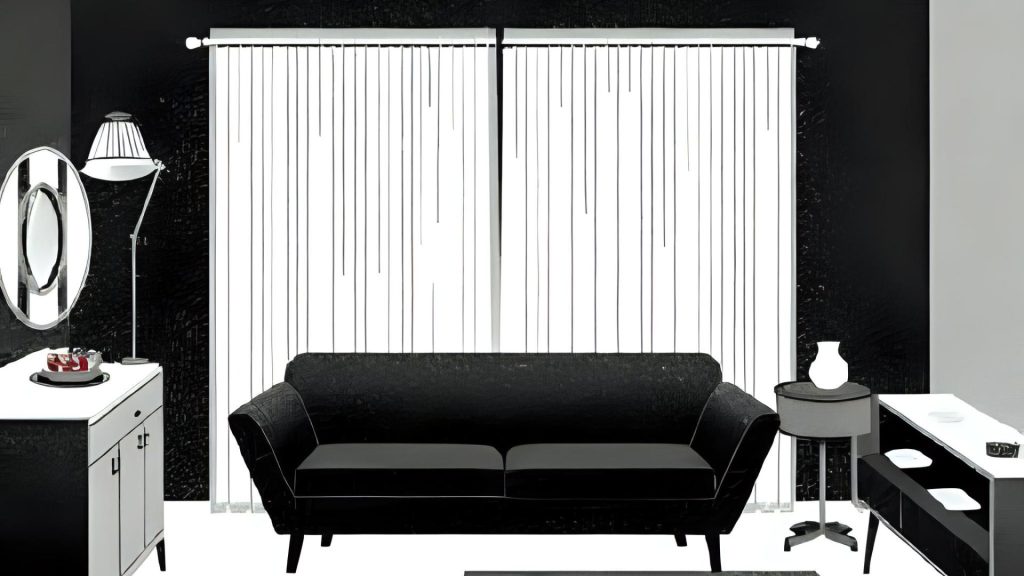
How to Block City Noise Without Drills and Dust
Grab a hammer and break everything. Or don’t… Not everyone can (or wants to) start a home construction project just for better sleep. Luckily, non-invasive noise management is possible:
- Window plugs: These are custom-fit inserts made from dense acoustic foam, mass-loaded vinyl, or acrylic sheets, often with a backing board to create rigidity. The idea is to create a sealed air gap between the plug and the existing windowpane. Much like the dead space in double glazing. This air gap acts as a decoupling zone, dramatically reducing airborne sound transmission, especially mid- to high-frequency noise like traffic, sirens, or chatter from the street. When fitted snugly, a window plug can cut perceived noise levels by up to 10–15 dB. Enough to make a siren sound like distant rainfall. Keep in mind that this can potentially muffle a siren that was trying to warn you of a disaster. Hopefully, it never comes to that.
- Draft stoppers: That little space under your door? An acoustic superhighway. Most interior doors aren’t sealed, and the air gap under the door is where a surprising amount of noise leaks through. A draft stopper, also known as a door sweep or door snake, provides a simple yet effective fix. It blocks both airflow and soundflow, particularly in the 1–4 kHz range (the frequency range of most human speech).
- Bookshelves on shared walls: Fill them with dense materials. Walls between flats or bedrooms and living rooms are rarely built for acoustic isolation. They lack sufficient mass, decoupling, or insulation. But you can hack the physics. By placing large bookshelves or storage units against these walls, you effectively increase the wall’s mass and add layers of absorption. This works on the mass law principle. The heavier and more massive a barrier, the better it stops sound transmission
Sleep Is a Skill, And You Can Train It
By now, you’ve padded the room, moved the bed, and hunted down every noisy culprit in your flat. But there’s one more frontier that matters. You.
And your response to noise.
With consistent routines, you can teach your nervous system to stop reacting to every bump, siren, or shout. This is called habituation, a form of neuroplasticity where your brain learns to classify regular sounds as background, not threats.
The trick is consistency. Go to bed at the same time. Dim the lights. Use the same sound cue to tell your brain, “we’re safe now, time to rest.” Over time, your body starts to believe it. It’s basically gaslighting yourself until it works.
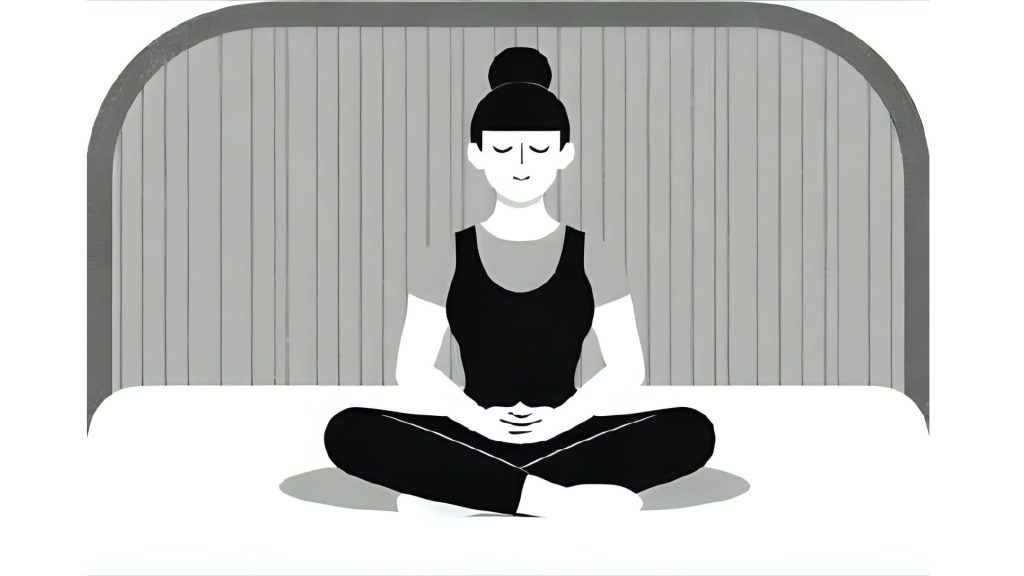
You don’t need total silence. You need a predictable sonic environment and a sleep routine your brain can trust. Because rest is about feeling safe enough to let go.

Leave a Reply